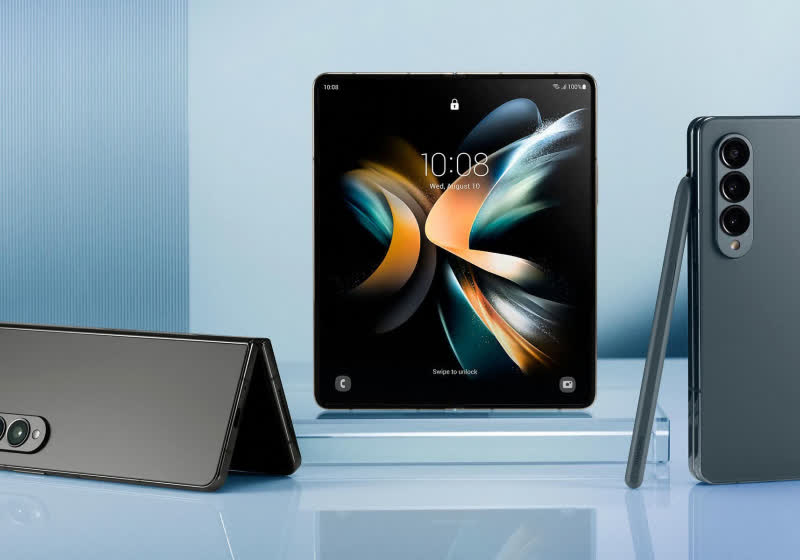Bloomberg’s Apple reporter Mark Gurman just wrote an entry in his Power On newsletter about the dream of a satellite-powered iPhone. To be clear, no, the iPhone is not on the verge of becoming a fully functioning satellite phone like the one that gets eaten by a dinosaur in Jurassic Park 3 (I can’t be the only one who remembers this). But Gurman points to some new features likely on the way that could make the iPhone the low-key winner in the race to put connectivity in dead zones.
Specifically, an API is reportedly coming that will allow third-party developers to build with Apple’s satellite functions in mind.
Apple is taking a very different approach from, say, T-Mobile’s T-Satellite partnership with Starlink. With T-Mobile, you fork over an extra $10 per month, and you get somewhat functional coverage in dead zones, beamed to you via SpaceX’s vast collection of astronomy-blocking satellites.
Apple, on the other hand, seems to be doing things the hard way. It has an in-house division called the Satellite Connectivity Group (SCG), partnered with a small time satellite provider called Globalstar Inc., with a limited, unsexy collection of outdated satellites first launched when Bill Clinton was president. Apple’s SCG “works closely with the company’s wireless software, hardware technologies, business development and regulatory affairs units,” Gurman writes.
Permission to move small amounts of data around for free (for now) via these rinky-dink satellites has never been a marquee iPhone feature, and using these functions has never been all that slick. But the iPhone 14 did get Emergency SOS via Satellite in 2022, followed by roadside assistance, followed by some dead-zone texting via satellite—if you’re able to hold your iPhone aloft like He-Man and aim it at the open sky.
The future, Gurman writes, could involve wonders like no longer having to do this awkward sky pose, not scrimping on photos when you’re texting without tower connectivity, and not losing map information when you’re using Apple Maps somewhere off the grid.
But an API allowing developers to try and do whatever they want with satellite functions probably has the most potential. One day, iPhone users who are neophyte hikers could be like the pros who subscribe to services like Garmin InReach to navigate trails. And users who happen to be stressed out Amazon Flex drivers working in the middle of nowhere could stop having to pre-download maps or have their work productivity thrown into disarray.
Apple keeps changing its story on when it plans to actually start charging for satellite features—if ever—and this makes the iPhone’s janky satellite features much more widely accessible than something like T-Mobile’s paid service. As of 2022, we were supposed to get two years of free service with new iPhones, but that term was extended the following year, and then in September of this year we got another one-year reprieve. This is perhaps because Apple plans to charge for satellite features only once they’re ready for prime time, and Apple’s extant features, while neat, most certainly do not justify a fee quite yet.








 English (US) ·
English (US) ·